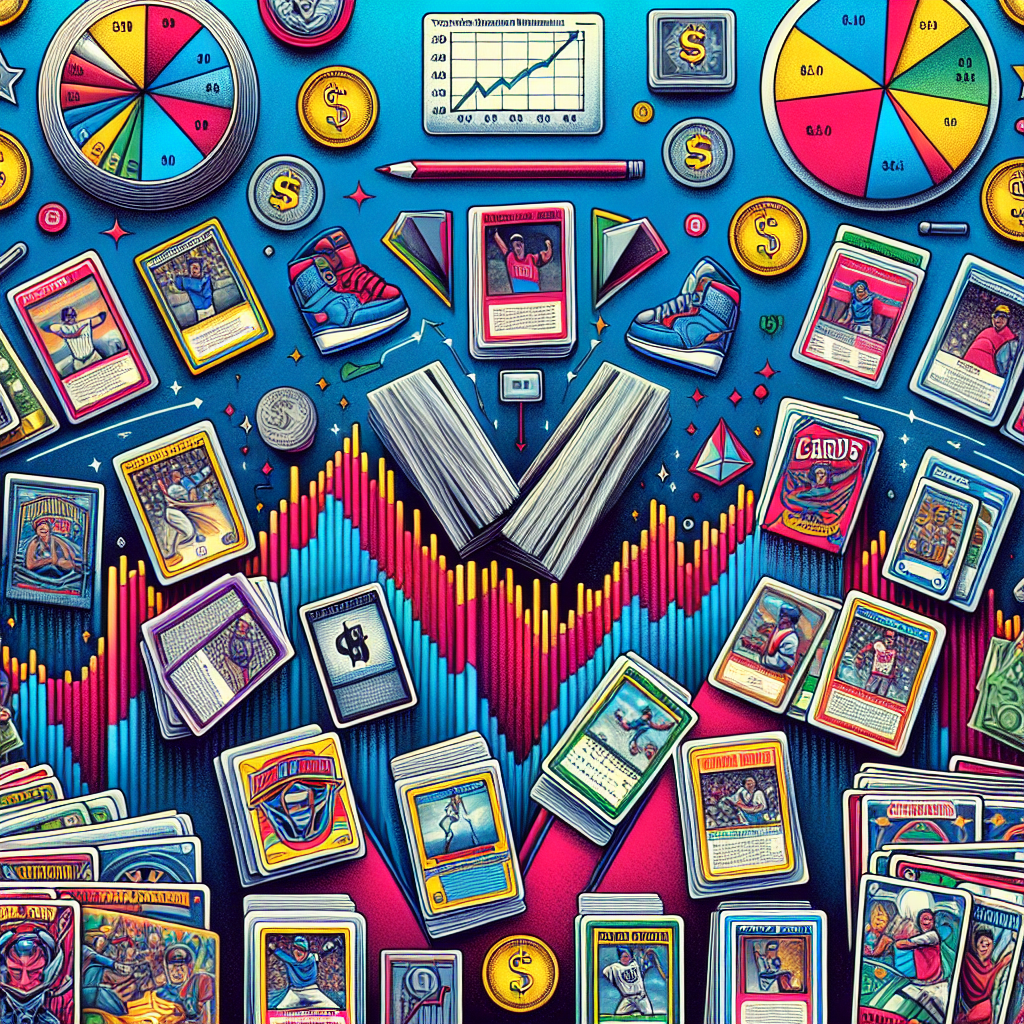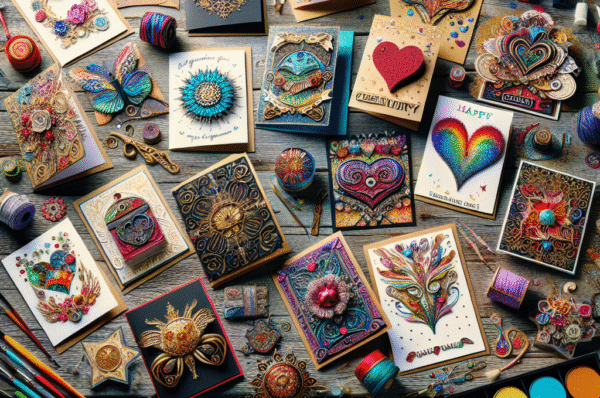Trading cards have long held a cherished place in the hearts of millions worldwide, serving as a tangible connection to childhood memories, friendly competitions, and shared hobbies. However, in recent years, the landscape of trading cards has transformed dramatically, evolving from simple collectibles to a booming investment market. This article explores the journey of trading cards from nostalgic playthings to valuable assets.
The Roots of Trading Cards
The origin of trading cards traces back to the late 19th century when they began as promotional items for tobacco and confectionery companies. Early examples featured athletes, movie stars, and cartoon characters. By the mid-20th century, sports cards, particularly baseball cards, gained prominence, largely thanks to the rise of iconic figures like Mickey Mantle and Babe Ruth.
Collecting trading cards became a rite of passage for many children. From Halloween exchanges to backyard trade-offs, cards were not just collectibles; they were a way to forge friendships and foster community. The thrill of unwrapping a new pack, the joy of trading duplicates, and the excitement of discovering a rare card created lasting memories for generations.
The Rise of Nostalgia
In the 1980s and 1990s, trading cards experienced a massive resurgence, thanks in large part to popular series like “Pokémon” and “Magic: The Gathering.” These games combined strategy and storytelling, captivating a generation of players. The thrill of collecting shifted from mere accumulation to engagement in gameplay, broadening the appeal of trading cards beyond traditional collectors.
As adults who grew up in this era look back fondly on their childhoods, nostalgia has fueled a renewed interest in trading cards. Social media platforms, online marketplaces, and dedicated collector communities have connected enthusiasts globally, allowing them to reminisce, trade, and celebrate their favorite cards.
The Modern Investment Wave
In the 21st century, trading cards have evolved into legitimate investment vehicles. High-profile auctions and record sales have shone a spotlight on the value of rare cards, leading to a new breed of collectors and investors. Collectors now view trading cards as alternative assets, akin to art or classic cars.
Several factors contribute to this investment boom:
-
Scarcity and Rarity: The limited production of certain cards, combined with their condition (graded by professional organizations), has led to skyrocketing values. For example, a 2003 LeBron James rookie card recently fetched over $5 million at auction, underscoring the potential returns available to astute investors.
-
Diverse Markets: The trading card landscape has expanded beyond sports. TCGs (Trading Card Games) like “Pokémon” and “Yu-Gi-Oh!” have brought in players from various demographics, creating a diverse market that draws in more investors.
-
The Digital Frontier: The advent of blockchain technology and digital trading cards, such as those found in NBA Top Shot, has introduced a new dimension. Digital collectibles offer a way to invest in moments and highlights, merging traditional card collecting with cutting-edge technology.
-
Increased Market Accessibility: Online platforms like eBay, StockX, and specialized trading card sites have lowered barriers to entry. Collectors can buy or sell cards at the click of a button, opening up the market to newcomers and experienced investors alike.
The Risks and Challenges
While trading cards represent an enticing investment opportunity, they are not without risks. Markets can be volatile, and values may fluctuate based on trends, player performance, and shifts in interest. Furthermore, the potential for counterfeiting or misrepresentation necessitates vigilance among buyers.
New collectors should exercise caution, do thorough research, and consider starting with lower-value cards to build their knowledge and experience. Engaging with established communities can provide valuable insights and mitigate risks.
Conclusion
Trading cards are more than just childhood memorabilia—they represent a complex interplay of nostalgia, community, and investment potential. As the market continues to grow, these vibrant pieces of art and history offer both a connection to the past and a pathway to potential financial gain in the future. Whether for sentimental value or investment purposes, trading cards remain an integral part of popular culture, adapting to the times while captivating the hearts and minds of collectors worldwide.




